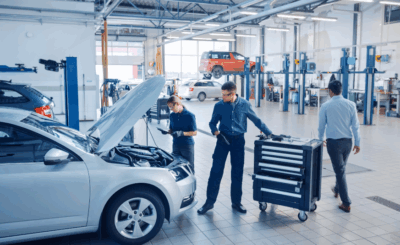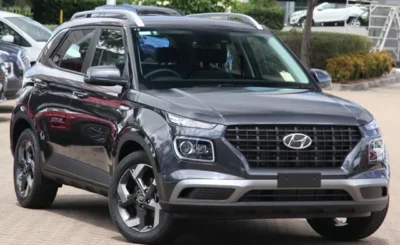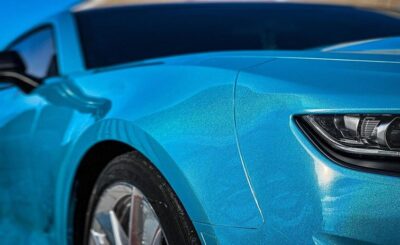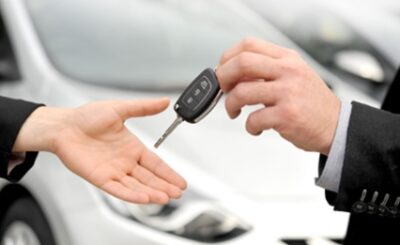While manual gearboxes remain commonplace, automatic transmissions are becoming more popular.
If you are new to driving a manual, and would like to learn the basics, read our guide.
Our guide teaches you how to drive a manual car. Confidence can be gained by being trained by professionals. Driving lessons Sydney will help you resolve the problem and issue quickly so you can get a new license. These lessons will help you regain your confidence.
Before you begin
In manual cars, there will be three pedals: accelerator, brake, clutch.
The accelerator and brake pedals work in a similar way. You press the brake to slow you down; the more you press it the faster it will lose speed. Using the accelerator to increase the engine’s revs and speed you up, the firmer the accelerator, the faster it will accelerate you.
The clutch pedal makes driving a manual vehicle more difficult than driving one.
The clutch consists of two plates made from metal which connect the engine to drive wheels.
You can disconnect the engine by pressing down the clutch pedal.
In nine steps, how to drive a manual vehicle
Get in your car and buckle up
Place the key in ignition, and then turn the engine until it starts. The clutch pedal should be pushed down (this is the pedal on your left). Move the gear stick to first gear
Press down gently with your right foot on accelerator to increase engine revs.
Slowly lift your left foot off the clutch pedal until it vibrates.
This vibration is also known as the car’s “bite point”, which is where the clutch plates come together.
Take off the handbrake, and the car will start to move slowly.
Accelerate the revs by slowly lifting your foot off the clutch. You are moving forward only with the accelerator pedal
How to keep the clutch from getting damaged
With time, you will become more familiar with the clutch of your car and be able to determine where it is at its bite point.
This sounds complex, but it’s easy to get used to.
The clutch should not be used to pull the car up on hills or push you forward at junctions.
You might find it tempting to leave the car at the clutch’s point when you are waiting at a crossroads, roundabout or traffic intersection. This allows you to quickly escape when you have the chance. However, this can cause excessive wear, especially if done frequently.
You can stop, turn off the clutch, and put on the handbrake.
Do not hold the clutch down if you are stopped.
You might be tempted to shift your car into gear while you wait in traffic.
The clutch release bearing can be put under a lot of pressure. However, it could cause damage quickly if this is done frequently.
Keep revs at a minimum
Many drivers push the accelerator too hard to avoid stalling during hilly maneuvers.
This can cause excessive wear to the clutch plates.
The car must be revved at a minimum to make it move. If you’re not careful enough, most cars can go without any accelerator.
What are the benefits to manual gearboxes?
You will have to choose between manual and automatic gearboxes. However, there are clear advantages to driving a manually-operated vehicle.
They’re also generally more affordable to buy than automatics and are easier to fuel.
There are many reasons why this is so. Automatic gearboxes tend to be heavier than manuals and traditional torque converter auto ‘boxes could waste energy building resistance to hydraulic fluid to transfer the drive from the engine into the wheels.
People who want to feel in control of their gearboxes will generally prefer manual ones.
You can, for example, drop a gear before you plan an overtake in a manual. This allows you to react quickly when you need acceleration.
You might feel a slight hesitation in an automatic when you release the accelerator.
Today’s automatics can be equipped with manual or sports modes.
It is the same in snowy or muddy conditions.
An auto-shifting gearbox could get confused and pick the wrong gear. The wheels spin, or the momentum is lost.
A manual allows you to select a higher speed to increase torque. You can also slow down using the brakes.
How to “heel-and -toe”
You may want to improve your driving skills once you have mastered driving a manual.
It is misleading to call this the pedal setup. This used to be a way to increase engine revs. You could toe-on the brake pedal, and then toe-off with your heel to blip the throttle.
It is easier to put your left foot on brake and then use your right foot to blip the accelerator.
When slowing down, this allows you to rev match and then to lower your gearbox as you brake.
This is a bit unnecessary. In normal road driving, there’s not much to be gained from doing this. You can slow down by using the brake, before disengaging clutch and select the appropriate gear.
However, once you learn how to do it it is a satisfying skill. And if you ever take your vehicle on a track day it can save you seconds in your lap times.
It is best to practice it on your own, private property. You can also refer to our step-by step guide to attend your first track day.








